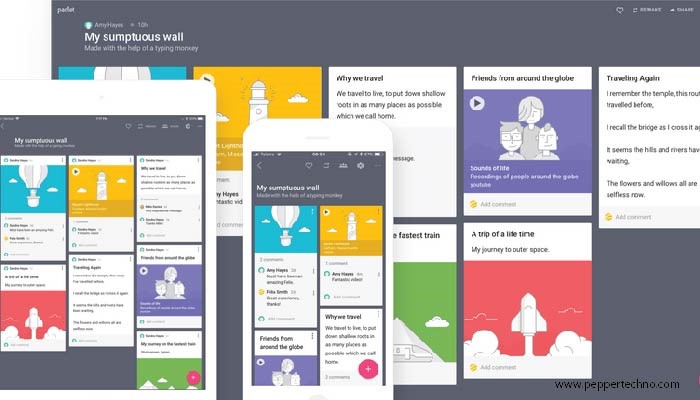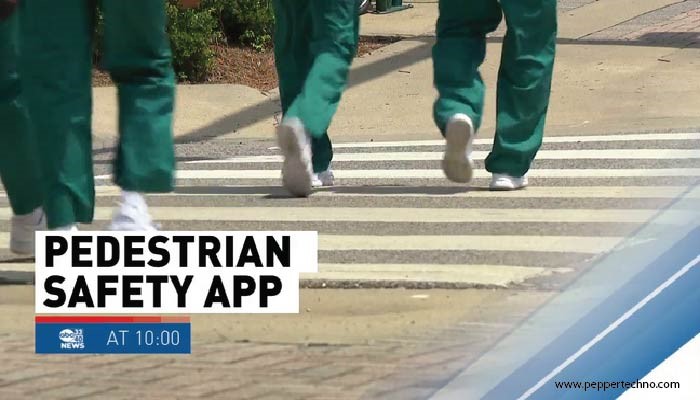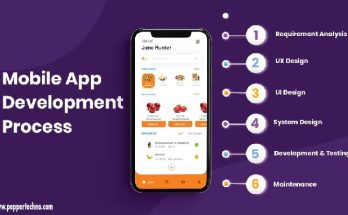Augmented Reality Navigation Apps for Pedestrians: Revolutionizing Urban Exploration
We are exploring Augmented Reality Navigation Apps for Pedestrians. In the fast-paced urban landscapes of today, navigation has become an integral part of our daily lives. As cities expand and evolve, traditional maps and navigation tools may not always provide the most efficient routes for pedestrians. Enter Augmented Reality (AR) navigation apps, a cutting-edge technology that promises to revolutionize the way we navigate the concrete jungles on foot. In this article, we will delve into the world of AR navigation apps designed specifically for pedestrians, exploring their features, benefits, and potential impact on urban exploration.

Understanding Augmented Reality Navigation:
Before diving into the specifics of AR navigation apps for pedestrians, it’s crucial to grasp the concept of augmented reality. Unlike virtual reality, which immerses users in a completely virtual environment, augmented reality overlays digital information onto the real world. AR navigation apps leverage this technology to enhance the pedestrian experience by providing real-time information and directions directly onto the user’s field of vision.
Features of AR Navigation Apps:
1. Real-Time Navigation:
One of the primary advantages of AR navigation apps for pedestrians is their ability to offer real-time navigation guidance. Users can simply hold up their smartphones or wear AR-enabled glasses to see digital arrows, markers, and information overlaid onto the physical surroundings. This feature helps users stay on course without constantly looking down at their devices, promoting a safer and more immersive navigation experience.
2. Points of Interest:
AR navigation apps go beyond basic directions, enriching the pedestrian journey with information about nearby points of interest (POIs). Users can discover interesting landmarks, historical sites, restaurants, and other attractions seamlessly integrated into their visual environment. This not only enhances the walking experience but also promotes exploration and discovery in urban areas.
3. Safety Alerts:
In busy urban environments, safety is a top priority for pedestrians. AR navigation apps can provide real-time safety alerts, such as upcoming traffic intersections, construction zones, or potential hazards. These alerts are visually displayed on the AR interface, ensuring that users stay informed and navigate safely through the urban landscape.
Notable AR Navigation Apps for Pedestrians:
1. Google Maps AR Navigation:
Google Maps, a household name in navigation, has integrated AR technology into its app to offer a unique experience for pedestrians. With the Live View feature, users can activate their smartphone cameras to see AR overlays indicating directions and POIs in real-time. This feature is particularly useful in complex urban environments where traditional maps may fall short.
2. Blippar:
Blippar is an innovative AR navigation app that takes exploration to the next level. It offers a gamified experience by turning navigation into a scavenger hunt. Users can scan their surroundings with their smartphones, and the app will provide AR markers leading to hidden treasures, historical facts, or interactive challenges. This approach not only guides pedestrians but also makes the journey itself an engaging experience.
3. Wikitude:
Wikitude combines AR technology with location-based information, creating an immersive navigation experience for pedestrians. This app overlays relevant information about businesses, landmarks, and points of interest as users navigate their surroundings. Wikitude also supports user-generated content, allowing individuals to contribute their own AR content to enhance the overall experience for the community.
Benefits of AR Navigation Apps for Pedestrians:
1. Enhanced Navigation Accuracy:
AR navigation apps leverage advanced technologies, such as GPS and computer vision, to provide highly accurate navigation guidance. This accuracy is particularly beneficial in urban areas with complex layouts, ensuring that pedestrians reach their destinations efficiently.
2. Increased Safety:
By providing real-time safety alerts and visual indicators for potential hazards, AR navigation apps contribute to pedestrian safety. Users can make informed decisions and navigate around obstacles, improving overall awareness and reducing the risk of accidents.
3. Promoting Urban Exploration:
AR navigation apps encourage users to explore their surroundings actively. By highlighting points of interest and turning navigation into an engaging experience, pedestrians are more likely to discover new places and appreciate the unique aspects of their urban environment.
Future Prospects and Challenges:
1. Integration with Wearable Devices:
The future of AR navigation for pedestrians may involve seamless integration with wearable devices, such as smart glasses. This hands-free approach would further enhance the user experience by eliminating the need to constantly hold up a smartphone.
2. Privacy and Security Concerns:
As with any technology that relies on location data, AR navigation apps raise concerns about privacy and security. Developers must prioritize robust privacy measures to protect user data and address potential security vulnerabilities.
3. Evolving User Interfaces:
The evolution of AR navigation will likely bring advancements in user interfaces, offering more intuitive and customizable experiences. This could include personalized AR overlays; adaptive interfaces based on user preferences, and improved accessibility features.
Conclusion:
Augmented Reality navigation apps for pedestrians represent a significant leap forward in urban exploration. With features like real-time navigation, points of interest, and safety alerts, these apps enhance the walking experience, making it safer, more informative, and enjoyable. As technology continues to advance, the future holds exciting possibilities for the integration of AR navigation into our daily lives, reshaping the way we navigate and engage with the urban environment. The journey towards a seamlessly augmented reality waits, promising a new era of pedestrian navigation.



